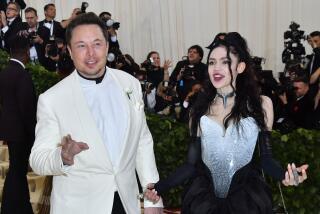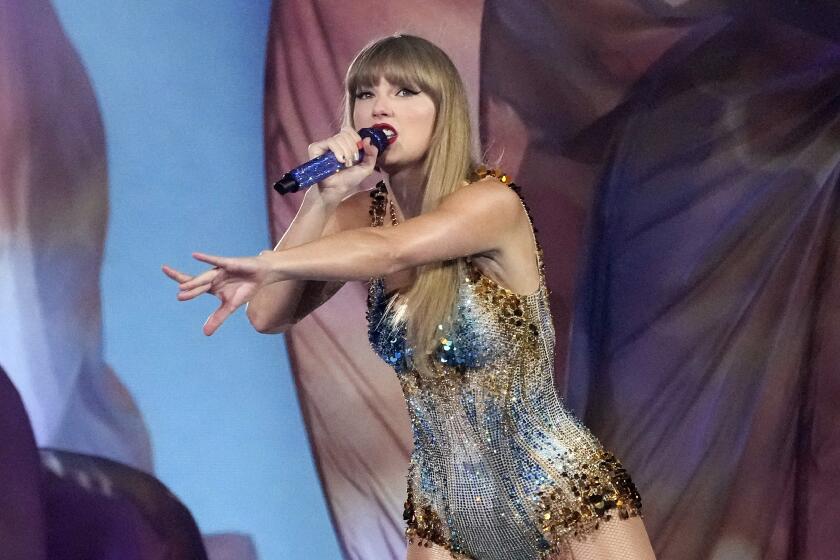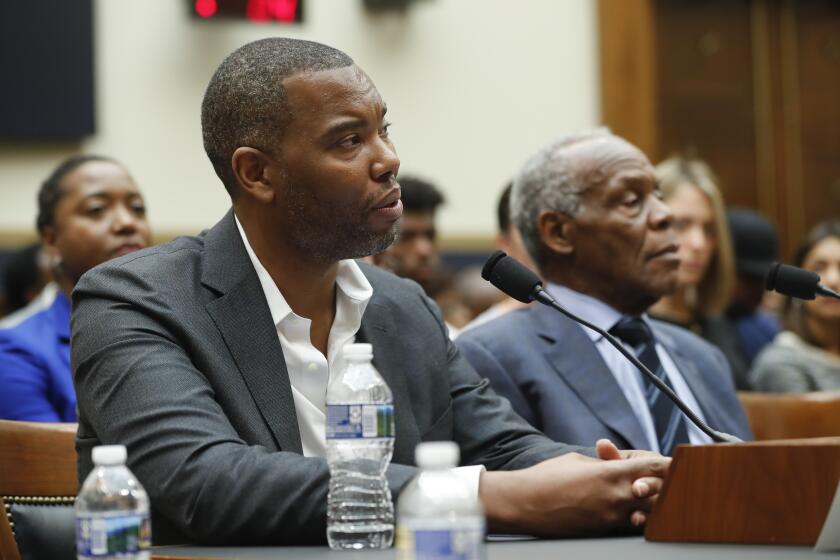The Harper’s Index Book, Lewis H. Lap-ham,...
The Harper’s Index Book, Lewis H. Lap-ham, Michael Pollan, Eric Etheridge (Holt: $6.95). As Harper’s magazine editor Lewis Lapham writes in his introduction: “Numbers can be made to tell as many stories as a crooked lawyer or an old comedian.” This slim volume sets forth a collection of data that has appeared in Harper’s magazine’s Index page. Items range from the whimsical (“Percentage of women who believe in love at first sight: 57. Of men: 66”) to the telling (“Percentage of Americans in 1985 who didn’t recognize Mr. Clean: 7. Who didn’t recognize George Bush: 44”) to the more sobering (“Number of Americans who freeze to death each year: 500”).
Although this accumulation of facts and statistics may seem random at first, in their aggregate they tell us a surprising amount about our society’s priorities and incongruities. For example, the reader learns that the budget per episode of “Miami Vice” is $1.5 million, while the annual budget of the actual Miami vice squad is $1.1 million. Another comparison finds that 263 pounds of butter can be bought (at $2.12 a pound) for the cost of an M16 rifle. A discouraging fact for book lovers is that 45% of Americans say they never read books, although in Chicago, 7,500 copies of “Catcher in the Rye” have been checked out of public libraries and never returned. In the category of Anomalies, the “Cosby Show” ran1802707046Halloween: Richard Nixon.
Portrait in Brownstone: A Novel, Louis Auchincloss (McGraw-Hill: $4.95). Like Edith Wharton, Louis Auchincloss portrays the customs of the New York well-to-do, focusing in “Portrait in Brownstone” on the Denisons of 53rd Street. The novel opens in 1950, when an alcoholic suicidal cousin, Geraldine, finally carries through with her threats and jumps to her death from an eighth-story window. The book’s heroine, Ida, who had always lived in the shadow of this once “golden, breath-taking, erupting beauty,” in her grief pieces together the dead woman’s effects and in so doing discovers an incriminating letter evincing that her husband, Derrick, had seduced Geraldine with a lie (the promise of his own divorce and subsequent marriage to her) and that in fact she had sought legal action to attempt to force Derrick to leave Ida. As she struggles to come to terms with this double betrayal, Ida is finally able to see the limitations of those in her extended clan whom she had once deified, and ultimately to recognize her own worth as she finds release from the strangling network of family.
But this tryst and betrayal form only one detail in the broader tapestry of the Denison family, who are the novel’s heart. Auchincloss is a graceful, elegant writer, and in “Portrait in Brownstone” he weaves a captivating synthesis of old New York and new money.
Edmund Wilson, David Castronovo (Frederick Ungar: $9.95). Edmund Wilson was perhaps the American intellectual of the century. Essayist, journalist, novelist, editor at the New Yorker, the New Republic and Vanity Fair, his career spanned five decades; his output was prodigious, and his writing was clear, straightforward and pleasing to read. As David Castronovo writes in this excellent introduction to Wilson’s life and work, Wilson “stands as one of the twentieth century’s least forbidding major critics, one who established his authority, not by theories, complex analyses or exhaustive considerations . . . but by his intense curiosity about creative artists and his candid judgments of them. His essays have the swift, direct quality of journalism and the deeply reflective character of judgmental criticism.”
The range of Wilson’s work is outstanding: He wrote about the Soviet Union (“To the Finland Station”), the American Civil War (“Patriotic Gore”), the origins of Christianity (based on the discovery of the Dead Sea Scrolls, which, Castronovo tells us, controversially “suggested that the teachings of Jesus were part of an older Jewish tradition”), and also, brilliantly, about American culture and literature (“T1751457879somewhat less successful in these creative enterprises (although with “Memoirs of Hecate County,” 1946, Castronovo suggests that Wilson may have created an American art form: the suburban sex shocker). Castronovo’s book provides a fine precis and chronicle to this great American writer’s intellectual development, which will inspire further exploration of Wilson’s work.
Modern Movements in Architecture, Charles Jencks (Penguin: $9.95). This second edition of Charles Jencks’ highly regarded work on modern architecture (from 1920 to the present) includes a new postscript on Late- and Post-Modernism. “Post-Modernism does not reject Modernism totally, as traditionalists might,” Jencks tells us, “but develops its own hybrid language partly from its predecessor.” This book, first released in 1971, provides a historical survey of the 20th-Century giants of architecture, Mies van der Rohe, Walter Gropius, Frank Lloyd Wright and Le Corbusier, among others. By Jencks’ own admission, the book constitutes a polemic against restricted Modernism--the imposition by architects of their version of an ideal environment (in Lewis Mumford’s words, “hollow glass shells (providing) a crystalline purity of form”) that at times disregards the specific needs of “site, climate, insulation, function or internal activity.”
Post-Modern architecture emerges as a creative reaction to the Modernist aesthetic, based on thinking along lines parallel to Jencks’ own. The changes that Post-Modern architecture espoused were a greater respect for the civic environs in which a structure was built, “as well as a richer language of architecture based on metaphor, historical imagery and wit.” One local example is Cesar Pelli’s Pacific Design Center (known as “The Blue Whale,” 1975-76), which attempts “to communicate with poetic images . . . (and) should be seen as counter to the abstraction of Modernism.” Jencks’ informative, instructive text provides a fresh perspective of the man-made environment that surrounds us.
More to Read
Sign up for our Book Club newsletter
Get the latest news, events and more from the Los Angeles Times Book Club, and help us get L.A. reading and talking.
You may occasionally receive promotional content from the Los Angeles Times.






